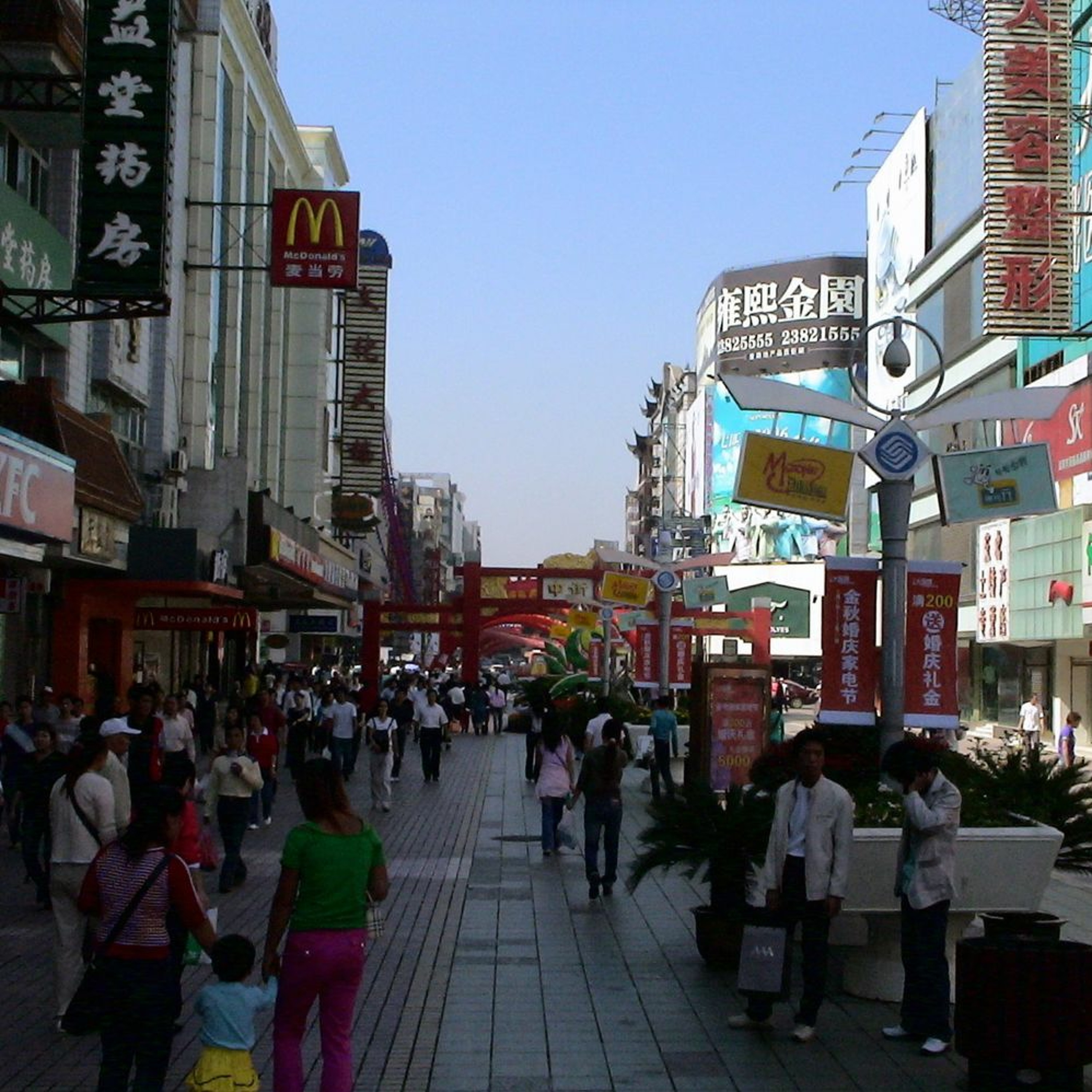- Government
- SEE MORE
- classical
- general
- talk
- News
- Family
- Bürgerfunk
- pop
- Islam
- soul
- jazz
- Comedy
- humor
- wissenschaft
- opera
- baroque
- gesellschaft
- theater
- Local
- alternative
- electro
- rock
- rap
- lifestyle
- Music
- como
- RNE
- ballads
- greek
- Buddhism
- deportes
- christian
- Technology
- piano
- djs
- Dance
- dutch
- flamenco
- social
- hope
- christian rock
- academia
- afrique
- Business
- musique
- ελληνική-μουσική
- religion
- World radio
- Zarzuela
- travel
- World
- NFL
- media
- Art
- public
- Sports
- Gospel
- st.
- baptist
- Leisure
- Kids & Family
- musical
- club
- Culture
- Health & Fitness
- True Crime
- Fiction
- children
- Society & Culture
- TV & Film
- gold
- kunst
- música
- gay
- Natural
- a
- francais
- bach
- economics
- kultur
- evangelical
- tech
- Opinion
- gaming
- College
- technik
- History
- Jesus
- Health
- movies
- radio
- services
- Church
- podcast
- Education
- international
- Transportation
- Other
- kids
- podcasts
- philadelphia
- Noticias
- love
- sport
- Salud
- film
- and
- 4chan
- Disco
- Stories
- fashion
- Arts
- interviews
- hardstyle
- entertainment
- humour
- medieval
- literature
- alma
- Cultura
- video
- TV
- Science
- en
Chinas shadow banking after the 2007 global crisis yields unexpected results

China\u2019s 2009 economic stimulus program after the global financial crisis led to the growth of shadow banking as local governments scrambled to pay off their obligations under the program.\n\nRegulators loosened borrowing rules to avoid a debt crunch, posing risks to the financial system, but in doing so accelerated China\u2019s financial liberalization.\n\nAsian Development Bank Institute research details the unintended effects of the four-trillion-yuan stimulus plan launched to insulate China\u2019s economic growth from the global financial crisis. \n\nMuch of the responsibility for funding the stimulus fell on local governments. \n\nThey mostly took on bank loans to pay for the infrastructure projects that formed the bulk of the stimulus plans. \n\nIt could take decades for those projects to start paying returns, but the loans came due after about four years on average, leaving local governments searching for ways to service their debts while keeping the stimulus going.\n\nRead the transcript:\nhttp://bit.ly/2FZnwrr\n\nRead the working paper\nhttps://www.adb.org/publications/financing-local-government-prc-stimulus-loan-wanes-shadow-banking-waxes\n\nAbout the authors\nZhuo Chen is an assistant professor at the PBC School of Finance, Tsinghua University Beijing, People\u2019s Republic of China (PRC).\n\nZhiguo He is professor of finance at the Booth School of Business, University of Chicago, and NBER, Chicago, US.\n\nChun Liu is associate professor of finance at the School of Economics and Management, Tsinghua University, Beijing, PRC.\n\nKnow more about ADBI\u2019s work on banking in the People\u2019s Republic of China\nhttp://bit.ly/2Fj4XBu